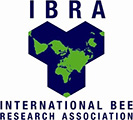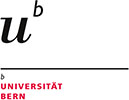|
Honey bee virus prevalence data are an essential prerequisite for managing epidemic events in a population. A survey study was carried out for seven viruses in colonies representing a healthy Danish honey bee population. In addition, colonies from apiaries with high level Varroainfestation or high level of winter mortality were also surveyed. Results from RT-qPCR showed a considerable difference of virus levels between healthy and sick colonies. In the group of healthy colonies, no virus was detected in 36% of cases, while at least one virus was found in each of the sick colonies. Virus titers varied among the samples, and multiple virus infections were common in both groups with a high prevalence of Sacbrood virus (SBV), Black queen cell virus (BQCV) and Deformed wing virus (DWV). Based on the distribution of virus titers, we established four categories of infection: samples free of virus (C = 0), samples with low virus titer (estimated number of virus copies 0 < C < 103), samples with medium virus titer (103 ≤ C < 107) and samples with high virus titer (C ≥ 107). This allowed us to statistically compare virus levels in healthy and sick colonies. Using categories to communicate virus diagnosis results to beekeepers may help them to reach an informed decision on management strategies to prevent further spread of viruses among colonies. |
|
Amiri E, Meixner M, Nielsen SL, Kryger P (2015) Four Categories of Viral Infection Describe the Health Status of Honey Bee Colonies. PLoS ONE 10(10): e0140272. doi:10.1371/journal.pone.0140272 |
| http://journals.plos.org/plosone/article?id=10.1371/journal.pone.0140272 |







